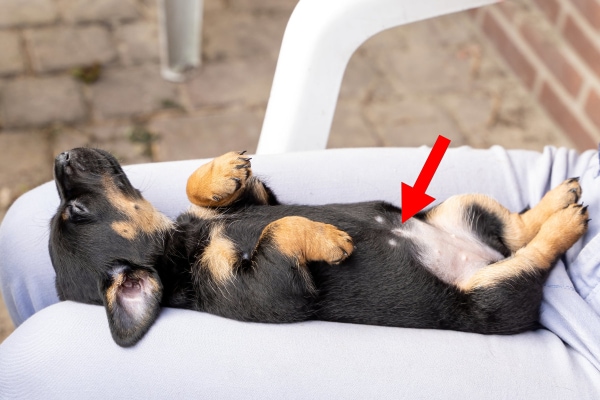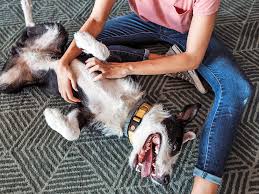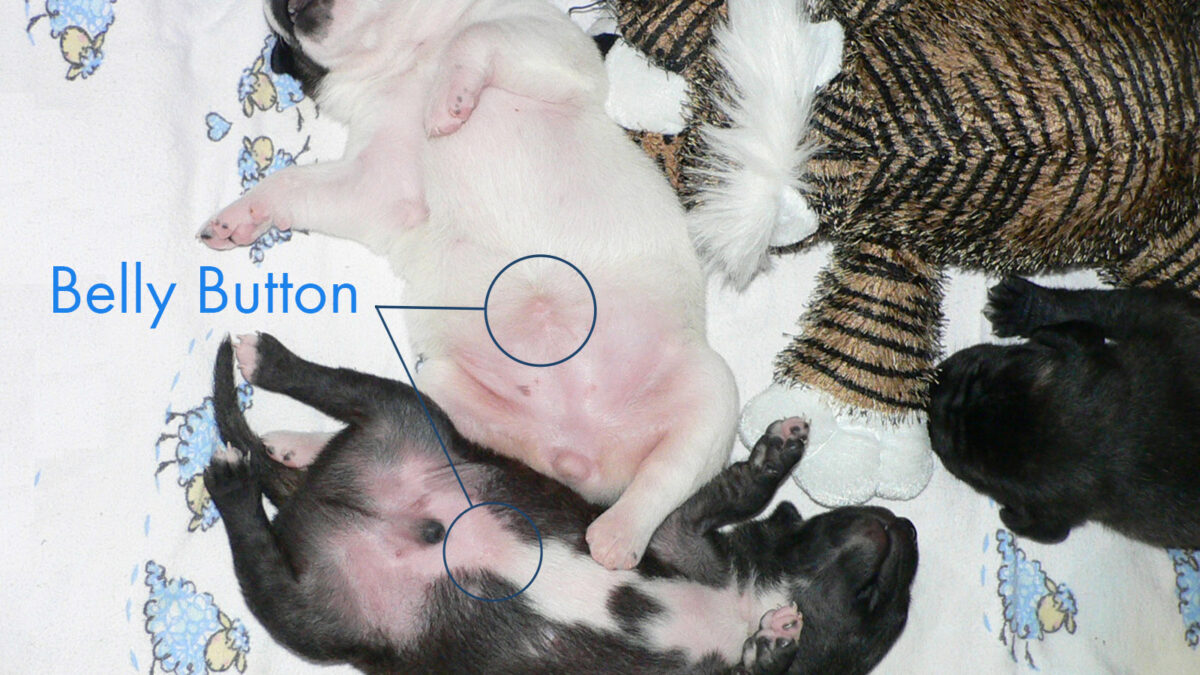If you’re a dog lover, you’ve probably spent countless hours observing your furry friend’s quirks, from their wagging tails to their adorable snores. But have you ever wondered, “Do dogs have belly buttons?” It’s a surprisingly common question among pet owners and animal enthusiasts alike. In this comprehensive guide, we’ll explore the fascinating world of canine anatomy, answer whether dogs have belly buttons, and explain why it matters. Let’s dive in!
Do Dogs Have Belly Buttons? The Short Answer
Yes, dogs do have belly buttons! Just like humans and all other placental mammals, dogs are born with a belly button, also known as a navel. However, a dog’s belly button looks quite different from a human’s and is much less noticeable.
Why Do Dogs Have Belly Buttons?
To understand why dogs have belly buttons, it’s important to know a bit about mammalian reproduction. Dogs, like humans, are placental mammals. This means that during pregnancy, puppies develop inside their mother’s womb and receive nutrients and oxygen through the placenta, which is connected to the puppy by the umbilical cord.
When a puppy is born, the mother dog chews off the umbilical cord, leaving a small scar. This scar is what we call the belly button or navel. Over time, the scar heals and becomes almost invisible, but it’s still there!
What Does a Dog’s Belly Button Look Like?

Unlike the prominent “innie” or “outie” Do Dogs Have Belly Buttons seen in humans, a dog’s belly button is much subtler. It usually appears as a small, flat scar or wrinkle located on the dog’s abdomen, just below the ribcage and above the genitals. In most cases, it’s a tiny, hairless spot that’s hard to notice unless you’re specifically looking for it.
How to Find Your Dog’s Belly Button
- Gently lay your dog on their back (if they’re comfortable with it).
- Look at the center of their abdomen, between the base of the ribcage and the start of the hind legs.
- Feel for a small, flat scar or slight indentation. It may be easier to spot on short-haired breeds.
Remember, not all dogs will have a clearly visible belly button, especially if they have thick fur or loose skin.
Do All Animals Have Belly Buttons?

Not all animals have belly buttons. Only placental mammals—including dogs, cats, humans, and many others—have them. This is because the belly button is the remnant of the umbilical cord, which only exists in placental mammals.
Marsupials (like kangaroos and koalas) and monotremes (like platypuses and echidnas) do not have belly buttons. Marsupials give birth to underdeveloped young that continue to grow in a pouch, while monotremes lay eggs.
Common Questions About Dog Belly Buttons
1. Can Dogs Have “Outie” Belly Buttons?
No, dogs do not have “outie” belly buttons like some humans do. If you notice a bump or protrusion where your dog’s belly button should be, it could be a sign of a hernia—a condition where tissue pushes through the abdominal wall. If you suspect your dog has a hernia, consult your veterinarian.
2. Can a Dog’s Belly Button Get Infected?
It’s rare, but possible, especially in newborn puppies. Infections can occur if the umbilical cord stump isn’t kept clean after birth. Signs of infection include redness, swelling, discharge, or a foul odor. If you notice any of these symptoms, seek veterinary care immediately.
3. Do Belly Buttons Serve a Purpose After Birth?
After birth, the belly button itself doesn’t serve any functional purpose. It’s simply a scar left over from where the umbilical cord was attached. However, it’s an important reminder of the puppy’s development and connection to its mother.
Belly Button Problems in Dogs: What to Watch For

While most dogs never have issues with their belly buttons, there are a few conditions to be aware of:
Umbilical Hernia
An umbilical hernia occurs when the abdominal wall doesn’t close properly after birth, allowing fat or organs to protrude through the opening. This can appear as a soft lump near the belly button. Small hernias may close on their own, but larger ones may require surgical repair.
Symptoms of an umbilical hernia in dogs:
- A soft swelling or bulge near the belly button
- The bulge may get larger when the dog cries, barks, or strains
- In severe cases, vomiting, pain, or lethargy
If you notice any of these signs, consult your veterinarian for advice.
Infections
As mentioned earlier, infections are rare but can occur, especially in newborn puppies. Keeping the area clean and monitoring for signs of infection is important.
Fun Facts About Dog Belly Buttons
- All dogs have belly buttons, regardless of breed, size, or coat type.
- The belly button is one of the first scars a dog will ever have.
- In the wild, mother dogs instinctively chew off the umbilical cord and clean the area to prevent infection.
- Some people believe that a dog’s belly button is a “good luck spot” and gently rub it for good fortune!
Why Is It Hard to See a Dog’s Belly Button?
There are a few reasons why a dog’s belly button is hard to spot:
- Size: It’s much smaller and flatter than a human’s.
- Fur: Most dogs have fur covering their abdomen, making the belly button less visible.
- Healing: The scar tissue heals very well, often blending in with the surrounding skin.
Conclusion: Yes, Dogs Have Belly Buttons!
So, do dogs have belly buttons? Absolutely! While they may not be as obvious as human belly buttons, every dog has a navel—a small reminder of their time in the womb. Next time you’re giving your pup a belly rub, take a closer look and see if you can spot this tiny but fascinating feature.
Understanding your dog’s anatomy not only satisfies curiosity but also helps you monitor their health. If you ever notice anything unusual around your dog’s belly button, don’t hesitate to reach out to your veterinarian.



